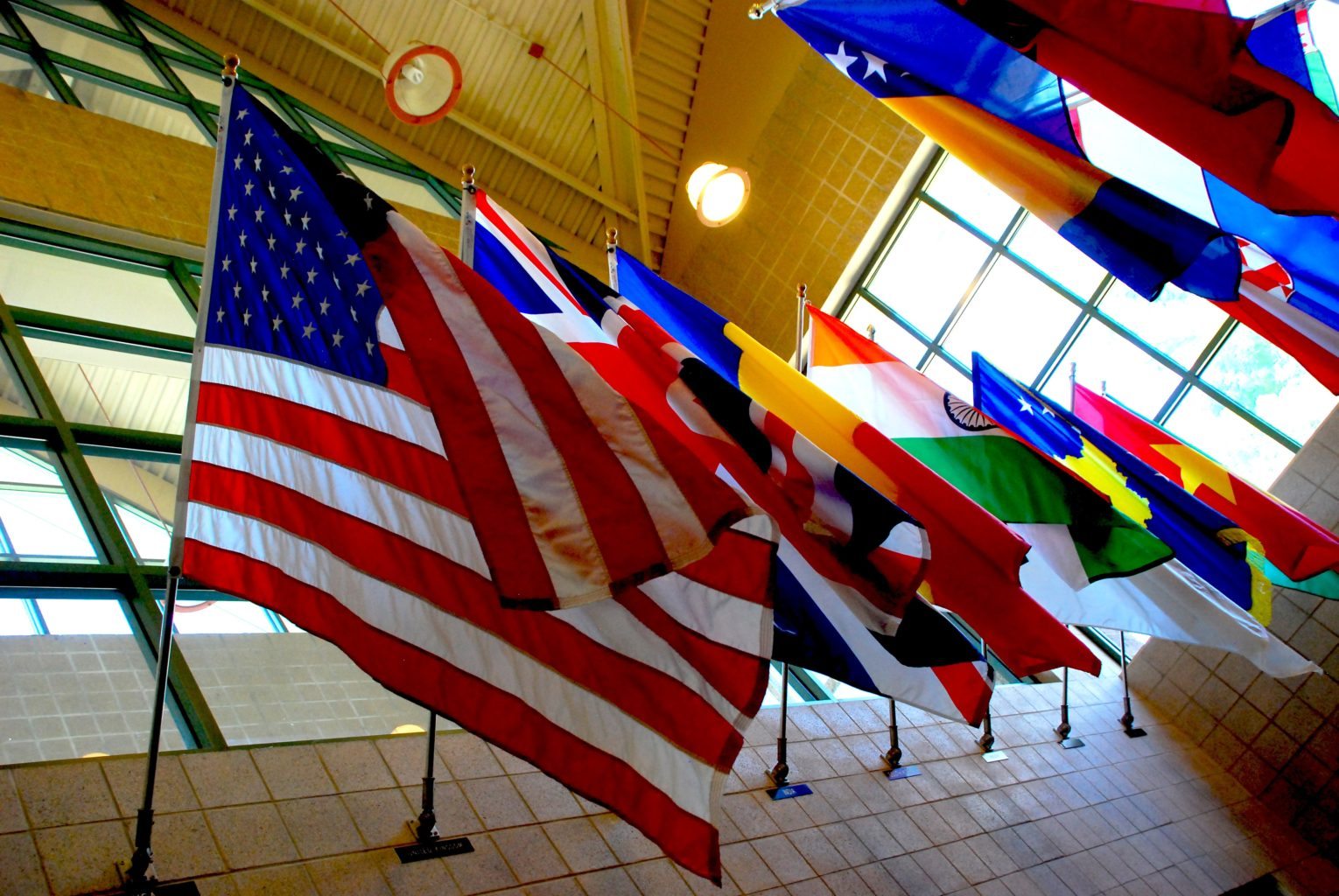UK Higher Education finances at serious risk if overseas tuition starts to decline
An annual report issued by the Higher Education Funding Council for England (HEFCE) warns of the risks facing the financial health of the education sector if oversees fees start to decline.
These warnings are raised despite recent figures from 2014 to 2015, which show that the UK higher education sector has experienced a 6 percent rise in fee income from non-EU students.
With increasing fears over non-EU enrolments in the UK flattening however, a report by The PIE News notes that this prominent “increase in revenue [merely] reflects a rise in cost rather than an increase in actual students”.
These statements are in-line with the warnings issued by the Higher Education report, which continues to press forward with recent arguments that UK universities are too optimistic about international student projections.
These fears are supported by results collated by The Higher Education Students Early Statistics Survey, which indicates a continued flatlining of overseas entrants for 2016/17.
The annual report highlights that the key areas of potential risk currently facing the sector include: “the tightening of UK immigration policy, a downturn in the global economy (including that of the UK) and increasing competition from worldwide markets for outwardly mobile students”. The report also noted within its finding that the UK Higher Education sector is particularly vulnerable to changes within the Chinese student market.
According to evidence collated by The PIE News: “Non-EU fees accounted for 13 percent of the total income across the education sector” during the 2015/16 academic year. In terms of tuition fee income specifically however, the overall contribution of overseas fees to universities’ income has “dropped slightly” from 26.3 percent (in 2014/15) to 25.5 percent (in 2015/16).
Studies conducted within the HEFCE report have also found that universities continue to make substantial investments in infrastructure, in order to maintain and enhance their academic and student facilities.
The Higher Education report notes that Institutions at the lower end of the price scale are more vulnerable to a drop in overseas tuition revenue than high tariff institutions, which include the Russell group and pre-1992 universities.
This is evidenced by recent figures collated by the HEFCE, which shows that: “low tariff group institutions have experienced a decline in applicant numbers of 10 percent and medium tariff institutions a decline of 5 percent”. In contrast to this, applications to higher tariff institutions are predicted to have increased by 1 percent this year.”

Comments